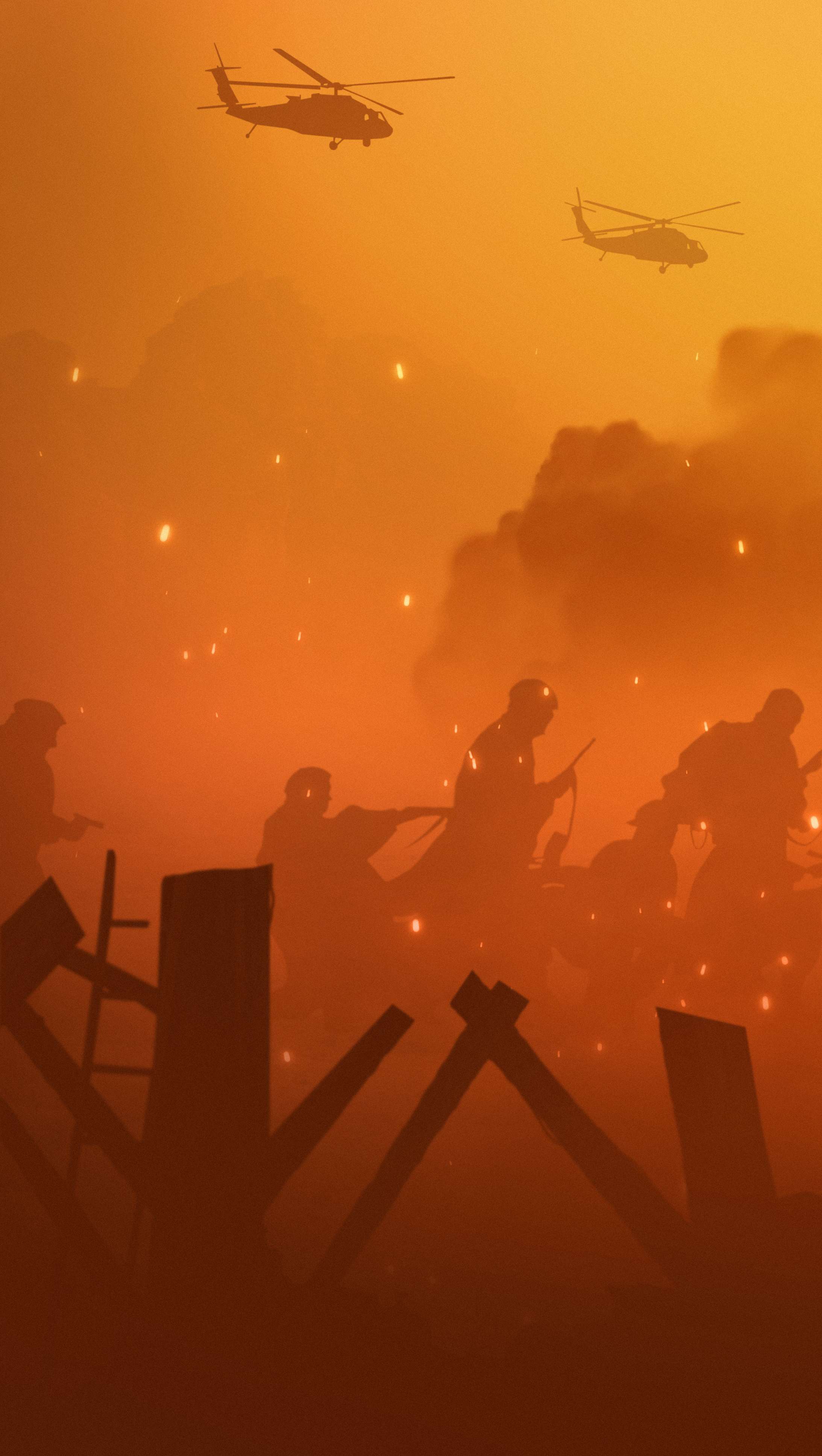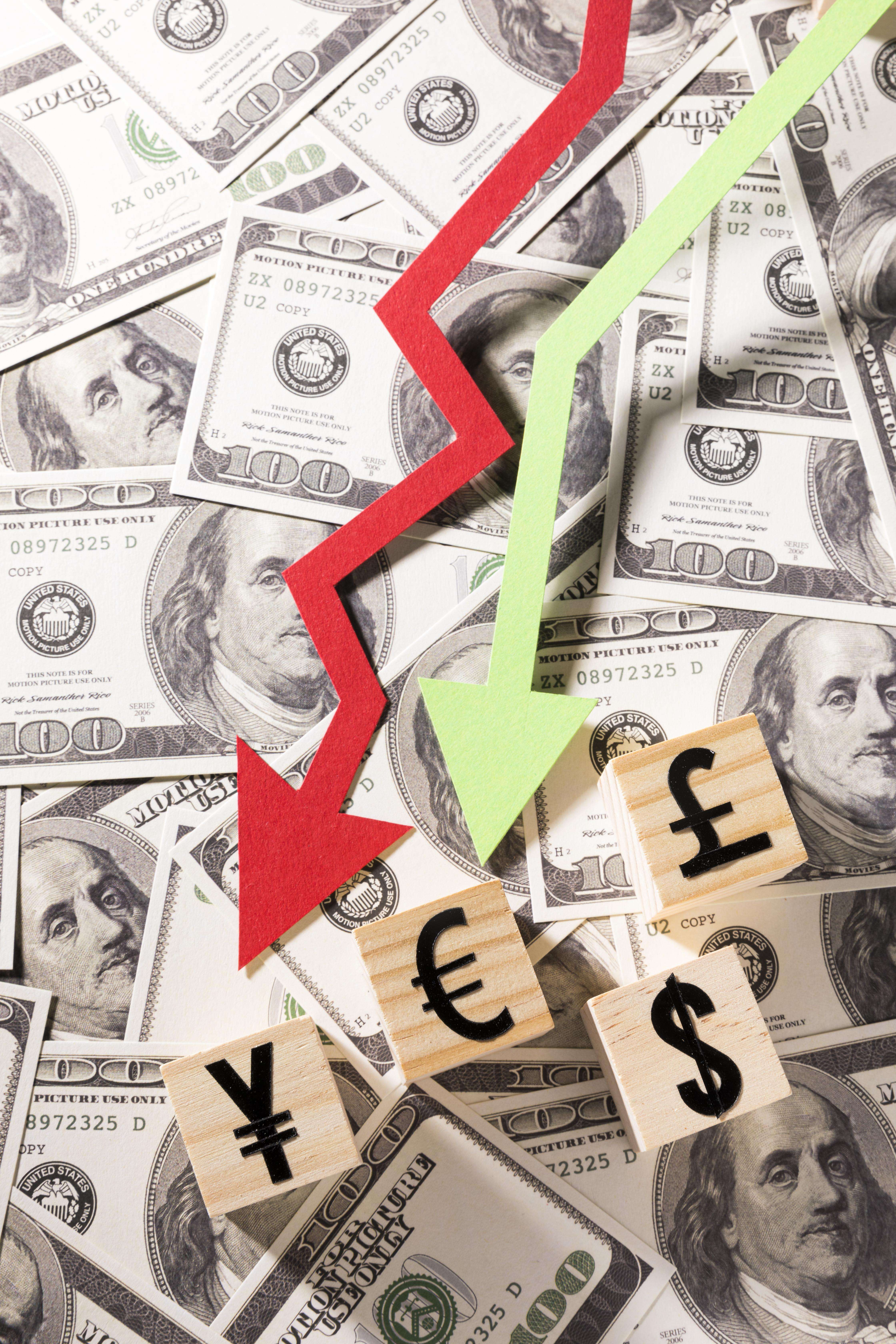- 17 October 2023
- No Comment
- 324
Navigating Country Risk, Global Storms and Investment Treasures

As we approach the end of 2023, the far-reaching impact of the global inflation shock, which originated in the U.S. in 2021 and spread worldwide in 2022, continues to unfold. But that’s not all, oil prices might shoot up to $150 a barrel due to the ongoing Israel-Hamas war, and the whole world’s growth could slow down to 1.7%. That’s like a big recession taking about $1 trillion off the total money the whole world makes. This phenomenon is set to be a major driver of global recession and country risk, amplifying market volatility and financial stress.
In this exploration of country risk, it’s important to highlight that the economic and political ripples we’re discussing are poised to have a substantial impact on the risk scenarios of nations worldwide. Anticipate significant disruptions in the political landscapes of various regions across the globe.
We’ll start by understanding the basics—what makes a country a risky or safe place to invest. Think of it like checking the weather before a trip. We’ll explore political games, legal stuff, economic rollercoasters, and the dangers of debts. We visit high-risk places like Belarus and low-risk paradises like Europe and New Zealand.
Why does it matter? It’s like planning your adventure wisely. High-risk countries are hidden treasures with great rewards, but we diversify, just like planting different flowers in a garden to weather any storm.
Economic instability is the storm, and no one wants their investment boat in turbulent waters. Join Nabeel Sheikh on this thrilling investment adventure in Understanding Country Risk.
Understanding Country Risk
Country risk refers to the potential economic, political, and social uncertainties that may impact investments in a specific nation. It involves evaluating the stability of a country’s political system, the effectiveness of its legal framework, and the resilience of its economy. This risk can influence the performance of stocks, bonds, and other financial assets on a macroeconomic and country-specific level.
Understanding country risk is essential for investors to make informed decisions and navigate the intricate landscape of international investments.
Analyzing Country Risk Factors
- Political Risk
- Legal Risk
- Economic Risk
- Default Risk
These factors collectively shape the economic, political, and social landscape of a nation, impacting the potential risks associated with investments. Before going into the deep area of the present-day scenario, let us pause to examine the fundamental elements that define this landscape.
Political Risk
Type of Regime
Imagine a country as a giant chessboard. The type of regime is like chess pieces moving around. Democracies are more like friendly matches, where everyone has a say. Authoritarian regimes, on the other hand, are a bit like solo chess games – one player making all the moves. The stability of this political dance affects how confidently investors can waltz into the country.
Corruption Levels
Think of corruption as a sneaky character in a story. The more corrupt a place, the more this character messes with the plot. High corruption levels create an environment where deals might not be as straightforward as they seem. Investors prefer places with fewer plot twists.
Level of Conflict
Picture a nation as a giant family. When family members get along, things run smoothly. But if there’s constant bickering or, worse, a family feud, the household becomes chaotic. Similarly, a nation with internal or external conflicts is like a dysfunctional family, and investors tend to avoid family drama.
Legal Risk
Property Rights
Think of property rights like superhero capes for investors. In countries where these rights are strong, investors feel like superheroes with invincible capes, knowing their investments are secure. In places with weak property rights, it’s like having a cape with holes – not so reassuring.
Contractual Rights
Contracts are like the scripts of a play. In a well-run theater, everyone follows the script, and the show goes smoothly. But if contracts aren’t respected, it’s like actors going off-script, leading to chaos. Investors prefer nations where contracts are the respected scripts of the economic play.
Economic Risk
Diversification of Economy
Think of a nation’s economy as a buffet. If there’s a wide variety of dishes, the buffet can withstand changes in taste. But if it’s just one or two dishes, the buffet is more vulnerable. Similarly, a diversified economy can weather economic storms better than one relying heavily on a single industry.
Economic Stability
Imagine a nation’s economy as a rollercoaster. Investors prefer a smooth ride with gentle climbs and descents. High inflation rates and economic instability are like unexpected loop-de-loops, making the rollercoaster ride unpredictable and less appealing for investors.
Careful evaluation of economic data by country is essential to assess risk, as no nation is immune to economic uncertainties. Stable countries, such as the United Kingdom, have experienced significant consequences, like currency fluctuations, due to major events like Brexit.
Default Risk
Debt Levels
Picture a nation’s debt like a personal credit card. Having some debt is normal, but too much can lead to trouble. High national debt levels make investors nervous, fearing that the nation might struggle to pay its bills.
Market Turbulence
Think of the financial market as a serene lake. A nation defaulting on its debt is like tossing a giant rock into that lake – creating ripples that disturb the calm waters. These ripples can unsettle markets, making them unpredictable for investors.
Country Risk Analysis: Your International Business Weather Forecast
Ever wondered how businesses decide where it’s safe to trade internationally? It’s all about country risk analysis—a report card for the risk of not getting paid. Here’s a quick breakdown:
Grades for Safety
Medium-Term Rating (Country Grade)
This grade gives us the big picture:
- Macroeconomic Rating (ME): Checks economic health, budget, debts, and banking system strength.
- Structural Business Environment Rating (SBE): Looks into rules, corruption control, and business ease.
- Political Risk Rating (P): Delves into power dynamics, policy effectiveness, and international relations.
Short-Term Rating (Country Risk Level)
This one’s about the near future:
- Financial Flows Indicator (FFI): Checks for short-term money issues.
- Cyclical Risk Indicator (CRI): Measures sudden changes in demand and insolvency risks.
Country risk analysis is like an international business weather forecast. It guides businesses to smooth seas and away from stormy waters. Safe trading, savvy sailors!

Global Flashpoints: Tensions Across Continents
As we navigate the financial landscape, global conflicts add a layer of complexity. Various regions are experiencing tensions that could impact the global economy.
Israel-Hamas War: Unprecedented Escalation
War Declared After Unprecedented Attack
In the Middle East, Israel declared war on Hamas following an unprecedented attack by air, sea, and land. The region faces heightened tensions as a new chapter unfolds in this longstanding conflict.
Escalation would be dreadful for both Palestinians and Israelis. The money each person makes in a year (per capita gross domestic product i.e. GDP) would drop a lot—by 46% in the West Bank and Gaza and by 10% in Israel by 2024.
The economic opportunities they might gain or lose are way bigger than the usual costs. Bloomberg Economics thinks oil prices might shoot up to $150 a barrel, and the whole world’s growth could slow down to 1.7%. That’s like a big recession taking about $1 trillion off the total money the whole world makes.
Ukraine: A Prolonged Battle for Sovereignty
Endless Ripples in Europe and Beyond
The war in Ukraine has sent shockwaves through Europe, causing disruptions on a global scale. Despite Ukraine’s resilient resistance against Russia’s assault, a resolution seems elusive after nearly a year of relentless fighting. Both Kyiv and the Kremlin remain hesitant to engage in peace talks, each confident in its ability to prevail.
World Economic Situation and Prospects 2023 outlined the economic fallout from the war. Ukraine’s economy took a big hit, shrinking by over 30% in 2022, and now faces the challenge of expensive reconstruction. Despite the hardships, international support for Ukraine has stayed strong.
Initial predictions for the Russian economy foresaw a 10 to 15% shrinkage, but the latest data shows a milder 2.1% contraction in 2022. Russia managed to weather the storm with robust export earnings. However, the future of the Russian economy remains uncertain.
Taiwan: A Sensitive Flashpoint
U.S.-China Struggle and Potential Instability
The Taiwan Strait is turning into a shaky situation as the U.S. tries to stay in charge in the Asia Pacific, and China is pushing back. War isn’t likely right now, but if it happens over Taiwan, the global consequences would be even bigger than what we saw in the Ukraine war. So, we’ve got to keep a close eye on any changes in risk, no matter how small.
Taiwan’s economy relies a lot on trading with China—it’s a significant part of what they do. Even though trade was going up from 2018 to 2021, it took a little dip in 2022 because of the rising tensions.
Armenia and Azerbaijan: Brewing Confrontations
Unsettled Balances and Tense Talks
Armenia and Azerbaijan teeter on the brink of another confrontation, with the balance of force tilting in favor of Azerbaijan. Talks, whether sponsored by Russia or the West, have failed to bring sustainable agreement, raising the specter of renewed hostilities.
Iran: A Nation in Turmoil
Protests, Brutality, and Nuclear Standoff
Iran grapples with months-long protests and a regime responding brutally, claiming hundreds of lives. Simultaneously, a crisis over Iran’s nuclear program simmers, with talks to revive the 2015 nuclear deal frozen. The nation stands at a crossroads, navigating internal dissent and external tensions.
Yemen: Unsteady Truce and Looming Threats
Fragile Peace and Potential Renewed Conflict
The war in Yemen hovers in an uncomfortable limbo after a truce lapsed in October. While fighting remains on hold, UN-brokered negotiations falter, and both sides gear up for the possibility of renewed war. The fragile calm could shatter at any moment, rekindling the flames of conflict.
Ethiopia: Fragile Ceasefire with Uncertain Future
Recent Agreements and Lingering Questions
Recent agreements have temporarily halted the war in Ethiopia’s Tigray region, saving countless lives. However, unresolved questions loom large, dependent on whether Tigray’s forces disarm and Eritrean troops withdraw. The delicate balance could tip in unpredictable ways.
Democratic Republic of the Congo: M23 Rebels Resurface
Regional Tensions and Proxy War Risks
The re-emergence of M23 rebels in the eastern DRC adds a dangerous dimension to regional tensions. Kinshasa points fingers at neighboring Rwanda, intensifying the potential for a regional proxy war. An East African mission, led by Kenya, strives to restore calm, yet failure could plunge the eastern DRC into chaos.
Pakistan: Elections Amidst Challenges
Divided Politics and Multiple Struggles
Pakistan enters an election year with a deeply divided political landscape. Former premier’s party Imran Khan fuels opposition to the government and military, while the nation grapples with devastating floods, economic woes, and resurgent Islamist militancy. The Generals, come out openly after pretending to stay out of politics, facing increasing pressure from the public due to worsening conditions.
In a world where geopolitical tensions shape the financial landscape, staying informed about these global flashpoints is crucial for investors navigating the complex terrain of international markets.
The Risk Spectrum: From Belarus to New Zealand
High-Risk Territories
Belarus: A Geopolitical Hotspot
Belarus finds itself in a precarious geopolitical position, with the presence of Russian military forces adding complexity to its landscape. Investors must grapple with political instability and associated risks that can impact the economic climate.
Lebanon: Navigating Economic Turmoil 
Economic challenges in Lebanon stem from regional conflicts, affecting the nation’s stability. Ongoing concerns about political stability further heighten the risks for investors navigating this Middle Eastern terrain.
Venezuela: Hyperinflation and Corruption Saga
Venezuela has long been plagued by hyperinflation and endemic corruption. Investors need to be wary of economic challenges stemming from these issues, which can significantly impact the performance of investments.
In June 2023, inflation soared by a whopping 404%, posing a constant challenge to the purchasing power of households. To meet basic needs, Venezuelans had to rely on a minimum wage 112 times higher than the meager $4.55 per month.
Sudan: Struggling with Political and Economic Complexities
Sudan grapples with political instability and economic struggles, creating an environment of social unrest. Investors must carefully assess the multifaceted challenges this nation faces before considering investment.
Syria: A Nation in Crisis
Syria remains embroiled in conflict, leading to a humanitarian crisis and economic challenges. The prolonged unrest poses considerable risks for investors, necessitating a thorough understanding of the nation’s complex situation.
Low-Risk Paradises
European Nations: The Epitome of Stability
European nations stand out as low-risk havens due to their AAA-rated government bonds, low corruption levels, and robust property rights. Investors find stability and security in these economically sound environments.
Singapore: A Global Financial Hub
Singapore’s stable economy and political climate, coupled with strong legal protections for investors, position it as a low-risk destination. This global financial hub offers a secure investment environment.
Singapore emerges as a rising star and become a magnet for international startups, read now
New Zealand: A Pacific Oasis
New Zealand boasts robust property rights, a stable economic landscape, and a predictable political environment (scores above the world average). Investors seeking safety and reliability find solace in this Pacific oasis
Positive and Negative Impacts
Emerging Economic Opportunities
Think of high-risk countries as undiscovered treasure chests. Yes, there might be challenges, but for adventurous investors, there’s also the potential for discovering economic gold mines with untapped potential.
Diversification Benefits
Picture your investment portfolio as a garden. Planting different types of flowers (investments) reduces the risk of losing the entire garden to one bad storm. Diversification is like the gardener’s strategy to keep the garden flourishing.
Macroeconomic Challenges
Consider economic instability as a storm. Just like you’d secure your belongings before a storm, investors look for stable economic environments to safeguard their investments from potential challenges.
Market Turbulence from Defaults
Visualize a nation defaulting on its debt as a big splash in a calm pond. The resulting waves can make sailing your investment boat a bit tricky. Investors prefer calm waters, not turbulent waves.
Insights From Nabeel Sheikh: Navigating Investment Waters
As we wrap up our journey through the intricate landscape of Understanding Country Risk, let me offer you a seasoned perspective on navigating the investment waters. Think of investments as your personal treasure hunt, and every country as a potential chest of economic opportunities. Yes, some islands might have stormy weather, but adventurous investors know that hidden treasures often come with a bit of risk.
Diversification is your secret weapon, like planting different flowers in a garden to weather various storms. It’s your strategy for keeping your investment boat steady in sometimes turbulent waters.
Consider economic storms as opportunities to secure your belongings. Stability is the key, and we’ve navigated through the factors that can make the economic seas calm or choppy.
Now, here’s the treasure: high-risk countries offer untapped potential. They might be challenging, but for the bold investor, they could be economic gold mines waiting to be discovered.
And here’s a golden nugget for you—always have a weather check before you set sail in the investment seas. Stay informed, diversify wisely, and navigate the economic landscapes with confidence.
I hope this journey has armed you with knowledge, and as you embark on your investment adventures, may your seas be calm, your treasures abundant, and your financial compass always true.
May your investments be as rewarding as a chest full of gold on a hidden treasure island.
